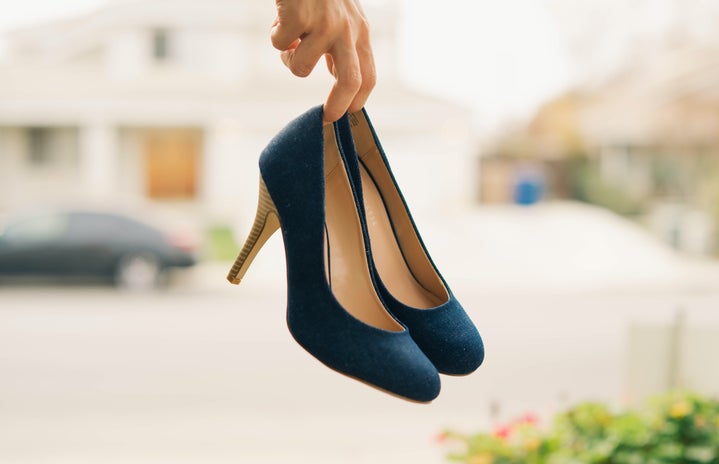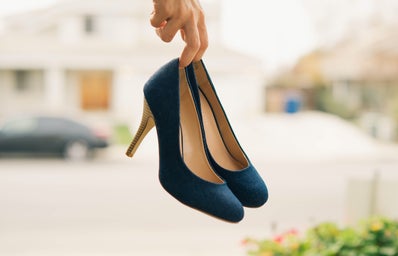Introducing Her Campus FSU’s first themed week: Fashion Week. This semester, Her Campus FSU has created themed weeks dedicated to exclusive content we believe all of our readers should have access to. In honor of the events taking place across the globe, from February 15-19 we’re letting you in on the latest industry trends as the runways begin to come to life again. Keep up on the site for the next few days as we tackle everything from NYFW to Yeezy Season 3 to a killer fashion profile you don’t want to miss.
With fashion shows occurring around the clock and events spanning from New York City to Paris, keeping track of all the shows can be time-consuming and confusing. Here is a rundown of all of the show categories and where the future of runway is headed.
Fashion Week
Starting with the basics, a Fashion Week is an event that spans several days and allows designers and brands to display their upcoming lines to buyers and media for the general public. These events happen in the fashion capitals of the world – most notably Paris and New York, but Milan and London as well. Shows are categorized as Fall/Winter, which hit the runway in February, and Spring/Summer, which debut in September.
Courtesy: CG Sorrento
Ready to Wear
RTW is the lowest level for fashion designers. It means exactly what you’d think – clothes that can be worn straight off the rack without personalization or customization. These fashions are made available to the general public through retail stores and are the most easily accessible designer fashions with their lower price tags.
Courtesy: Arc Street
Haute Couture
It can be difficult for a designer to reach the status of an Haute Couturier, and it’s easy to see why. This type of fashion makes for the best runway shows, as the designers are extremely elaborate and the shows have more drama than your favorite guilty pleasure TV show. With its customizations and exclusivity, this high-priced fashion is most typically found on celebrities walking the red carpet.
Courtesy: Hello! Magazine
Menswear
In the world of fashion the female reigns supreme. Kind of a no-brainer, menswear includes clothing and accessory lines for men. To create some balance, many designers are increasingly composing menswear collections and using the runway to showcase the top trends in this category.
Courtesy: The Written Runway
Pre-Fall
Shown just once a year, designers exhibit a preview of what’s to come through Pre-Fall shows. Typically held at the end of the summer, they’re used to get people excited for the fall shows and give brands a chance to gauge the future reactions of their consumers.
Courtesy: The Gloss
Resort
Also held just once a year, Resort wear shows are typically meant for the affluent class who need a new wardrobe for their upscale vacations to private beaches. Bright colors, crazy patterns and summer fashions used to be the signature look, however, this category has been expanding. Now taking on the role of travel clothing in general, some designers have been introducing winter wear as a form of vacation attire, a trend that is not yet widespread.
Courtesy: Shockblast
So how will the role of runway change in the future? With growing technology and lower patience levels, the world has become accustomed to instant gratification; a we-see-it-we-want-it mentality. But, this fast-paced style does not fit with the current runway schedule. Designers are beginning to realize that the system is dated and are making changes to fix it. According to Fashionista, rather than showcasing clothes now that won’t hit racks for another four months, big names including Burberry and Tom Ford are changing the rules. Referred to as the “buy now wear now” format, the shows will premiere in a timelier manner and the clothes will be available to the consumer the day of the show. This new calendar adapts to the fast-paced lifestyle of our generation, which is why fashion experts predict this new concept will be adopted by the entire fashion world, forever changing the way runway is showcased.


